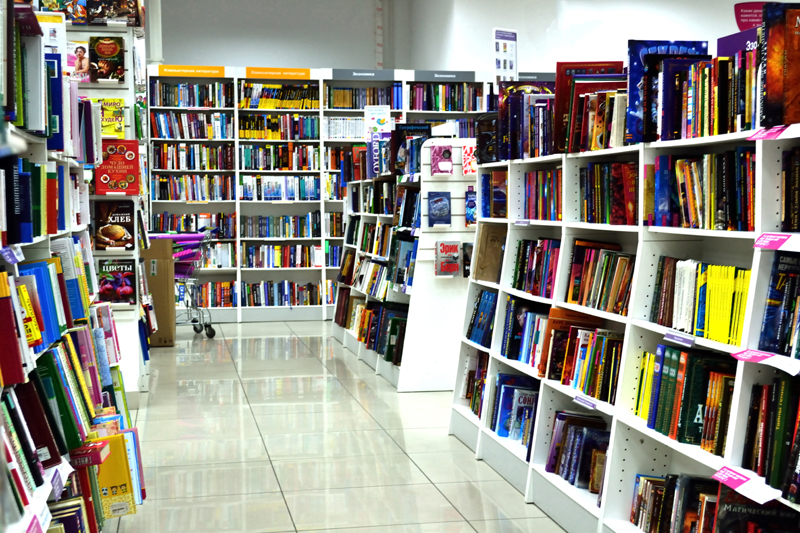The Power of Reading in the Library

Encouraging reading in the library and through library activities may seem obvious. In the desire to be technologically "with it" too many libraries have set reading aside.
Many librarians spend the summer attending workshops where they discuss books, reading, and patron service. At other times, librarians re-energize themselves by engaging in pleasure reading. When the new school year starts, librarians walk into their libraries--public, school, academic--with a renewed dedication to connecting patrons and materials.
We know that the most successful students are those who are strong, avid readers. What can librarians do to encourage all patrons to be readers?
 Much emphasis has been placed on electronic reading programs over the years. Yet, studies by Stephen Krashen has shown that "Free voluntary reading is one of the most powerful tools we have in language education." In The Power of Reading
Much emphasis has been placed on electronic reading programs over the years. Yet, studies by Stephen Krashen has shown that "Free voluntary reading is one of the most powerful tools we have in language education." In The Power of Reading, Krashen states that sustained silent reading and self-selected reading are the best methods to grow readers.
In the first situation, students and teachers read freely from 5-15 minutes per school day. This is not a new idea. It was promoted in reading classes during my undergraduate program to be an elementary school teacher. One of the key ideas is that teachers and librarians need to be reading as well. There should be no grading papers, reading email, no talking to colleagues. The idea is to model the behavior we want to encourage. This period of reading can involve books required by the librarian or classroom teacher.
Self-selected reading is the place for students to choose their own books. These may come from an approved list, but the student selects the title from the list. The reading is discussed one-on-one with the student. Krashen cites studies that show students in free reading programs score as well or better than students in basal-based, skill driven programs on standardized reading comprehension tests. In long-term, school wide programs, the results are even better. Free readers outscored basal- and skill-based readers at a rate of 8:1.
Have you read Free Reading and Student Acheivement?
You Should Also Read:
Free Reading and Student Acheivement
Books and Activities
Promotion and Programing

Editor's Picks Articles
Top Ten Articles
Previous Features
Site Map
Content copyright © 2023 by Paula Laurita. All rights reserved.
This content was written by Paula Laurita. If you wish to use this content in any manner, you need written permission. Contact Christine Sharbrough for details.


